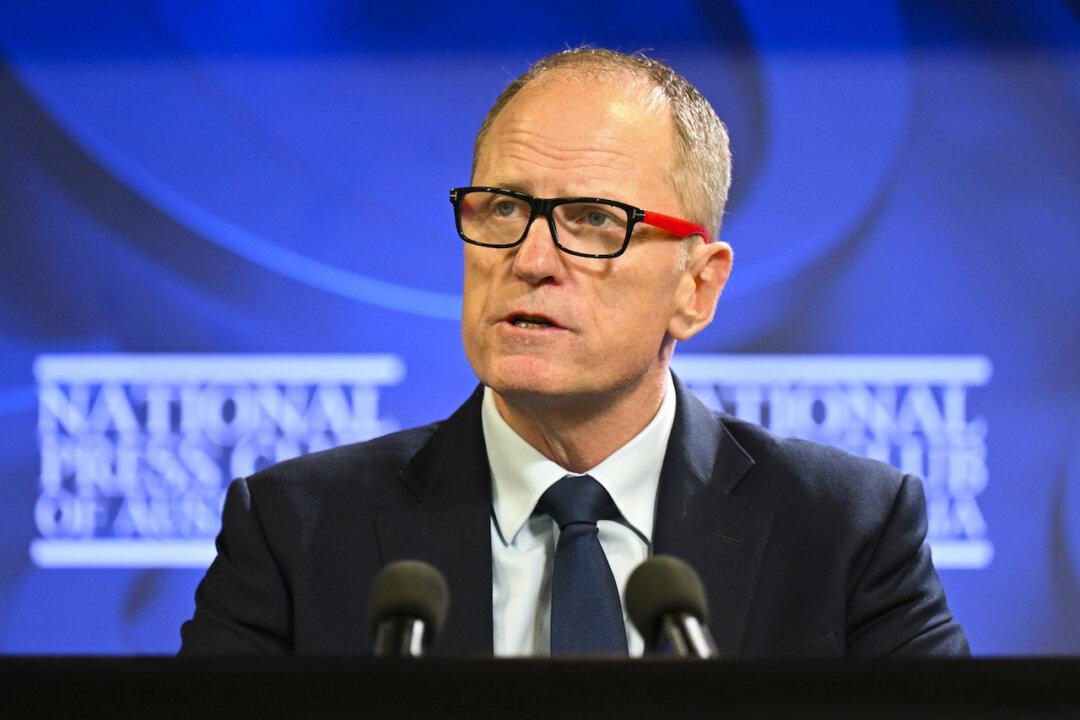The Murray Darling Basin Authority’s Chief Executive has said that the vital projects required to meet the Basin plan’s proposed targets will not be completed by the 2024 deadline.
In an address to the National and Rural Press Club on Nov. 22, Chief Executive of the Murray-Darling Basin Authority (MDBA), Andrew McConville, said despite the need to deliver the plan in full, another 5 to 10 years are needed so that projects, which connect the Murray to the floodplain, can be completed.





